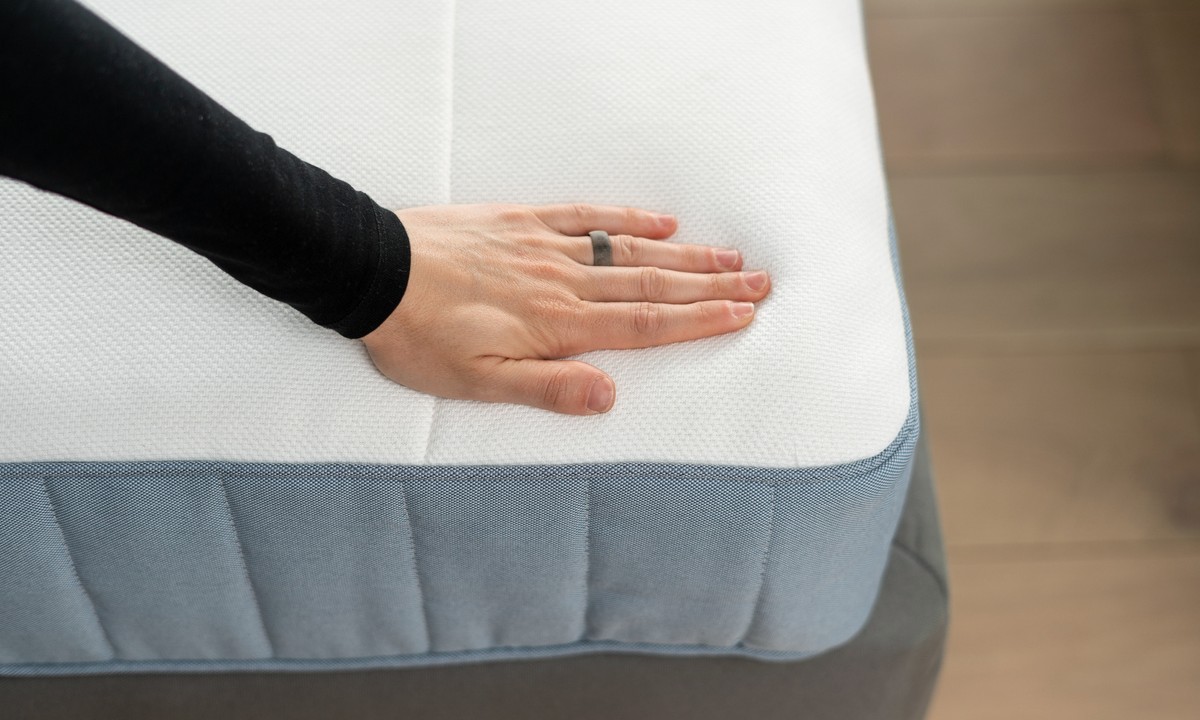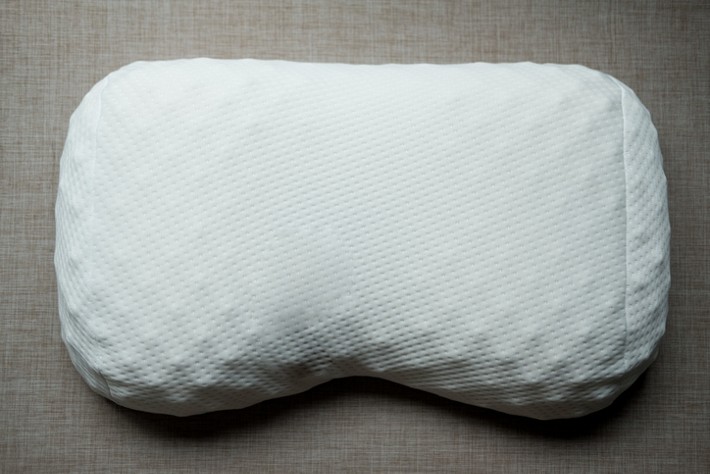When Should You Replace Your Mattress?

We all know that getting a good night’s sleep is essential for our health and well-being. If you’ve been sleeping on an old and uncomfortable mattress, you may have trouble falling and staying asleep, no matter how hard you try. If you’ve been having this problem, you may be wondering if it’s time to replace your mattress.
In this post, we’ll discuss the signs that you need a new mattress and the benefits of having a newer and higher-quality mattress. We’ll also go over the types of mattresses available and help you find the perfect one for your needs.
Types of Mattresses
A good place to start is by familiarizing yourself with the different types of mattresses available. This will help you determine if your current mattress, whether it be a queen mattress, king-size mattress, or another size, is the right fit, or if it’s time to try something new.
Memory Foam Mattresses
Memory foam mattresses are made from viscoelastic foam, which molds and contours to the body to provide superior pressure relief and targeted support. They have excellent motion isolation and are typically more affordable than hybrid or innerspring mattresses.
Innerspring Mattresses
Innerspring mattresses use steel coils to provide support. Usually, the more coils a mattress has, the better its support will be. Spring mattresses are known for having increased motion transfer and are generally noisier than other mattress types.
Hybrid Mattresses
Hybrid mattresses combine memory foam and innerspring coils for a combination of comfort and support. The top layer typically consists of memory foam, while a series of innersprings provides deep compression and superior edge support. Hybrid mattresses provide a balance of body contouring comfort with the bounce of an innerspring mattress.
Signs It Is Time To Replace
Knowing when it’s time to replace your mattress can be tricky, and many people tend to wait too long before doing so. While there is no hard-and-fast rule for how often you should replace your mattress, there are several signs that suggest it’s time to do so.
Sagging
If you feel your mattress has noticeable dips or sags, then it may be time for a replacement. Sagging indicates it has lost its supportive abilities over time due to wear and tear.
Wear and Tear
Another indication that it’s time for a new mattress is notable wear and tear, such as rips or tears in the fabric or staining on the outer layers. This can be a sign that your mattress isn’t providing sufficiently supportive comfort anymore.
Allergies
Dust mites, pet dander, pollen, and bacteria can all accumulate inside a mattress over time if not properly maintained or cleaned regularly. If you notice an increase in your allergies after sleeping on a particular mattress, then you should consider replacing it to improve your sleeping environment and health overall.
Age
In general, experts recommend replacing your mattress every 5-7 years, as this will ensure you’re getting the best sleep experience possible without compromising on comfort or safety. So if your current mattress has been around for longer than this timeframe, then it may be time for an upgrade.
Choosing A Replacement
Once you have determined that it’s time for a new mattress, there are several factors you need to consider when selecting one.
Firmness and Comfort Level
The firmness and comfort level of a mattress depends largely on personal preference. If possible, test out different firmness levels before deciding so that you know what works best for you in terms of support and comfort level.
Size and Shape
Take into account both the size of the bed frame as well as your size when selecting a new mattress. The size of the bed will impact motion isolation and transfer during sleep.
Mattress Type
As mentioned earlier, there are several different types of mattresses available. Make sure you consider which type of bed would be best suited for your body size and shape, along with any pain points you might have before purchasing one.
Maintenance and Care
Cleaning
Regularly vacuuming your mattress, especially around seams, is important, as this helps remove dust and dirt particles before they become embedded within the fibers. When dust becomes embedded, it can cause damage resulting in a reduced lifespan for your mattress.
Rotating and Flipping
To reduce uneven wear caused by one’s particular sleeping habits, ensure you are rotating and flipping your bed every few months during vacuuming sessions so that both sides receive equal usage.
Mattress Topper or Protector
Investing in either a mattress protector or topper, or a waterproof mattress protector adds another layer of protection from dust mite buildup and spills or stains.
Conclusion
Replacing your mattress is essential for getting a good night’s sleep, but it can be hard to know when it’s time to switch. Now that you know the signs and considerations to look out for when replacing your mattress, you are well on your way to finding a mattress that provides the comfort, support, and quality sleep your body needs.



